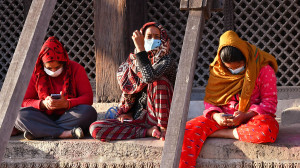Movies
When Mumbai doesn’t call, build Bollywood at home
‘Superboys of Malegaon’ is a heartfelt tribute to small-town dreamers who make films with passion and limited resources.
Sanskriti Pokharel
Reema Kagti’s ‘Superboys of Malegaon’ is a poignant tribute to the indomitable spirit of grassroots filmmaking.
Inspired by the 2008 documentary ‘Supermen of Malegaon’, this 2025 Hindi-language drama delves deep into the lives of amateur filmmakers in the small town of Malegaon, capturing their passion, struggles, and camaraderie.
The film chronicles the journey of Nasir (Adarsh Gourav), a young man running a video parlour that screens pirated films. When authorities shut down his establishment, Nasir, fueled by his love for cinema, creates his movie—a parody of the iconic ‘Sholay.’ Enlisting the help of his friends Farogh (Vineet Kumar Singh), Shafique (Shashank Arora), Akram (Anuj Singh Duhan), and others, they embark on a filmmaking adventure that, despite limited resources, captures the hearts of Malegaon's residents.
The group’s dynamics shift as their initial success brings both acclaim and internal conflicts. Farogh departs for Mumbai, seeking recognition for his writing, while others drift away due to disagreements and unmet expectations. Years later, a personal tragedy reunites the friends and leads them to create a Superman film that becomes both a tribute to their dreams.
At its core, ‘Superboys of Malegaon’ celebrates dreams and the lengths individuals go to realise them. The film delves into the ups and downs of friendship, the challenges of collaborative creativity, and the socio-economic barriers faced by aspiring artists in small-town India. Through Nasir’s journey, the narrative explores the tension between artistic integrity and commercial success. Moreover, it highlights how ambition can both unite and divide friends.
One powerful line in the film comes from Nasir: “Mumbai nahi ja sakte, Mumbai ko idhar lana padhega,” (We can’t go to Mumbai so we will bring Mumbai here). This sentiment becomes the emotional cornerstone of the film. It reflects the group’s dream to create cinema despite being far from the glitz of Bollywood. Their filmmaking journey is fraught with endearing challenges, from forgetting to hit the record button to the camera falling into water. Yet, through these humorous and heartfelt mishaps, the film finds its soul.
The screenplay, penned by Varun Grover, masterfully balances humour and pathos. Moments of levity, such as the group’s inventive use of local resources for special effects, are juxtaposed with poignant scenes that reflect the harsh realities of their environment. The dialogue is sharp, authentic, and often laced with meta-commentary on the film industry, exemplified by Farogh’s emphatic declaration, “Writer baap hota hai!” (Writer is the boss).
More than being a sharp punchline, it is a powerful commentary on the often-overlooked role of writers in the filmmaking process. In the real world, especially in the film industry, writers have long battled for recognition and fair compensation, even though they are the architects of narrative structure, character arcs, and emotional beats. Writers are frequently overshadowed by actors and directors. The film uses this line to reclaim the writer’s authority and position them at the heart of the creative process. It is a much-needed shift in a star-driven industry.
One of the recurring visual motifs in the film is the aeroplane, which appears at various narrative junctures. It becomes a metaphor for aspiration and escape, representing both the dreams of reaching Mumbai and the distant allure of possibility. It reminds us that while the superboys’ feet are rooted in Malegaon, their dreams are skybound.
The characters use a rickshaw as a vanity and a bicycle as a moving camera rig by attaching their camcorder. These simple, clever tricks show how they turn everyday things into filmmaking tools. It reflects the spirit of ‘jugaad’ (a resourceful approach to problem solving) and proves that storytelling relies more on creativity than money.
Adarsh Gourav delivers a nuanced performance as Nasir by capturing the character’s evolution from an enthusiastic dreamer to a man grappling with the consequences of his choices. His portrayal is both earnest and layered. It reflects the internal conflicts of someone torn between personal ambition and collective responsibility.
Shashank Arora’s Shafique is the emotional anchor of the film. He is the understated loyalist, the kind of friend every dreamer needs. Arora lends his character a poetic sensitivity that deepens the emotional quotient of the film.
Vineet Kumar Singh brings gravitas to the role of Farogh. He embodies the frustrations of a writer seeking acknowledgment in a world that often overlooks the contributions of creatives behind the scenes.
Reema Kagti's direction gives the town an antique charm with its narrow lanes, dusty rooftops, hand-painted posters, and quaint homes. The warm tone of the cinematography imbues the town with an old-school appeal and evokes nostalgia without over-romanticisation.
Additionally, the visual style oscillates between the rawness of documentary filmmaking and the polish of narrative cinema. The use of handheld cameras during the film-within-a-film sequences immerses viewers in the group’s DIY approach, while the broader shots of Malegaon provide context and atmosphere.
Beyond its narrative, it offers a commentary on the democratisation of filmmaking. It underscores how passion and creativity can thrive even in the absence of formal training or substantial budgets. The film also touches upon issues of intellectual property, the ethics of parody, and the challenges faced by artists operating outside mainstream platforms.
Overall, ‘Superboys of Malegaon’ invites us to laugh at the chaos, weep at the losses, and root for underdogs who dare to believe that cinema is not just the privilege of the few.
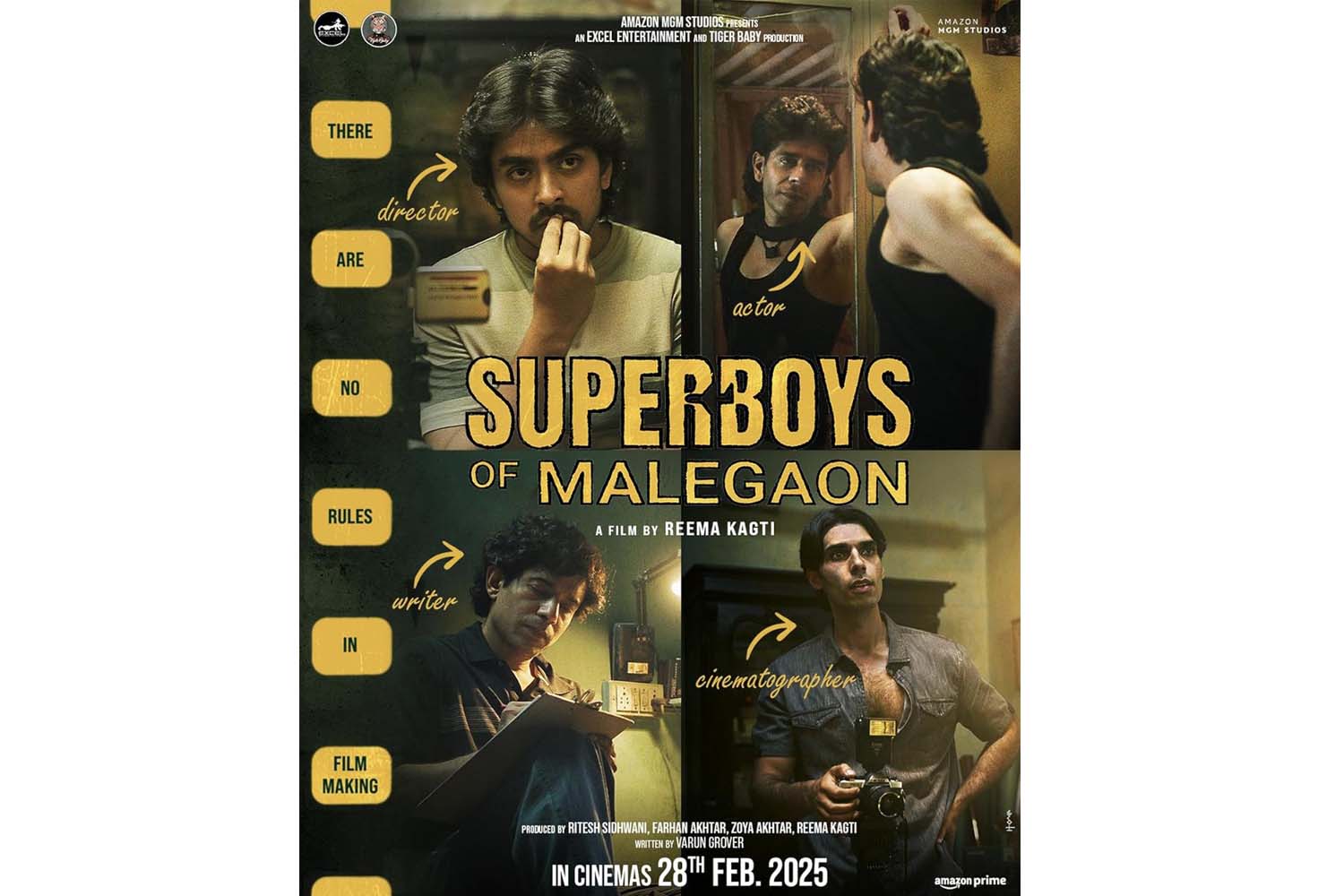
Superboys of Malegaon
Director: Reema Kagti
Cast: Adarsh Gourav, Riddhi Kumar, Sashank Arora
Duration: 2 hours 9 minutes
Year: 2025
Language: Hindi




 16.12°C Kathmandu
16.12°C Kathmandu

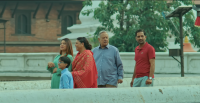
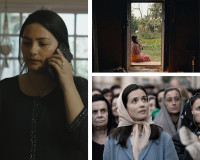


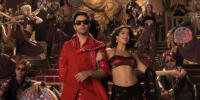
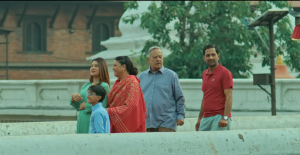
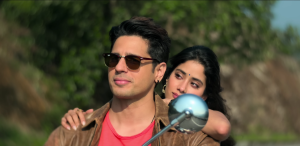


%20(1).jpg&w=300&height=200)

